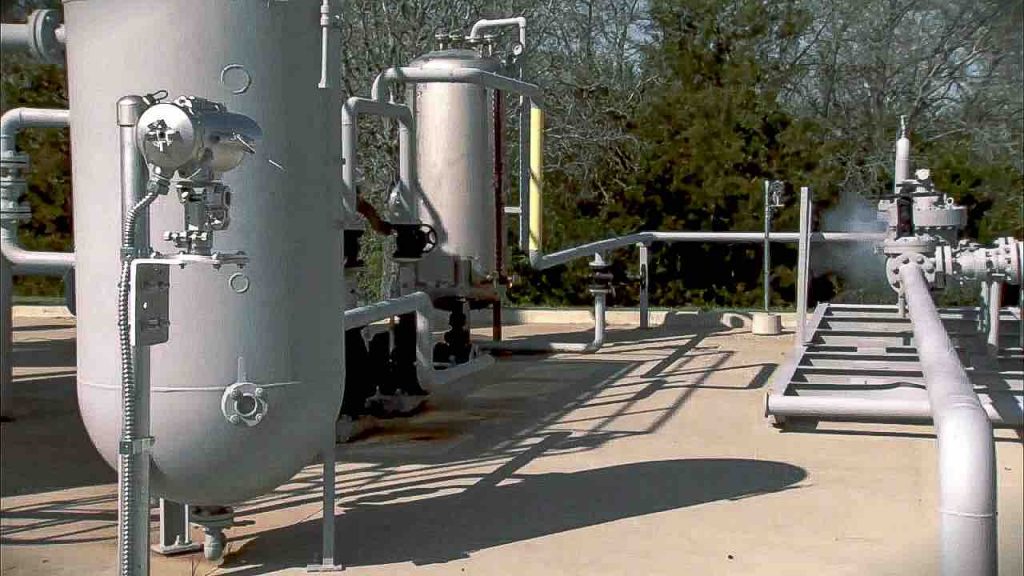Emerson introduces two new open path gas detectors to increase safety and reduce downtime by offering performance reliability over wide areas in extreme environments and an easier, faster installation and commissioning process.
Extreme environments include both heavy vibration conditions and operating temperatures ranging from -55˚C (-67˚F) up to 65˚C (149˚F) degrees commonly found in the oil and gas, refining, chemical, mining and large-scale refrigeration system operations.
The Rosemount 935 Open Path Combustible Gas Detector uses infrared technology to detect a wide range of highly combustible hydrocarbon gases, including methane, propane and ethylene. In the oil and gas industry alone, 22% of all fatalities come from explosions (combustion or fire) and exposure to hazardous gases, according to the latest statistics from the CDC’s (Centers for Disease Control and Prevention) National Institute for Occupational Safety and Health.

The Rosemount 936 Open Path Toxic Gas Detector uses ultraviolet technology to detect hydrogen sulphide and ammonia, two of the most common toxic gases in industrial facilities. The US Occupational Safety and Health Administration considers hydrogen sulphide immediately dangerous to life and health at 100ppm. Ammonia irritates skin, eyes, nose and the respiratory tract at 130ppm. Both gases are fatal after exposure at certain levels.
Leveraging xenon flash technology, the Rosemount 936 enables greater installation flexibility versus the tunable diode laser (TDL) technology which needs perfect alignment between beam and receiver for high reliability. With nearly twice the tolerance for misalignment than TDL, users can save up to 30% of installation time and streamline project schedules.
Open path detection technology uses a source and a detector. The source sends a modulated light beam across the monitored space, and the detector senses the amount of light absorbed by the presence of gas. This approach provides a high degree of coverage across wide areas up to 200 metres (656 feet) in length with accurate measurement, even if the toxic or combustible gas cloud is drifting at any point between the devices or when 95% of the light beam is obscured by fog, rain or smog. The system also will alert if the path is blocked completely by a physical obstruction.
The Rosemount 935 and 936 Open Path Gas Detectors can be used in combination with Emerson’s full portfolio of flame and gas detection products as part of a comprehensive safety system to ensure quick and positive detection. Many facilities benefit from the use of multiple technologies to achieve maximum protection.
 Engineer News Network The ultimate online news and information resource for today’s engineer
Engineer News Network The ultimate online news and information resource for today’s engineer





